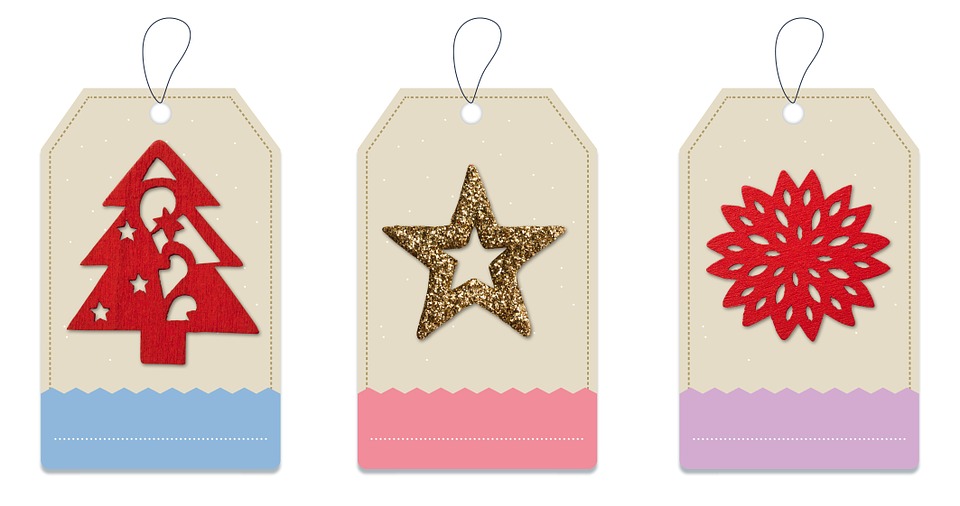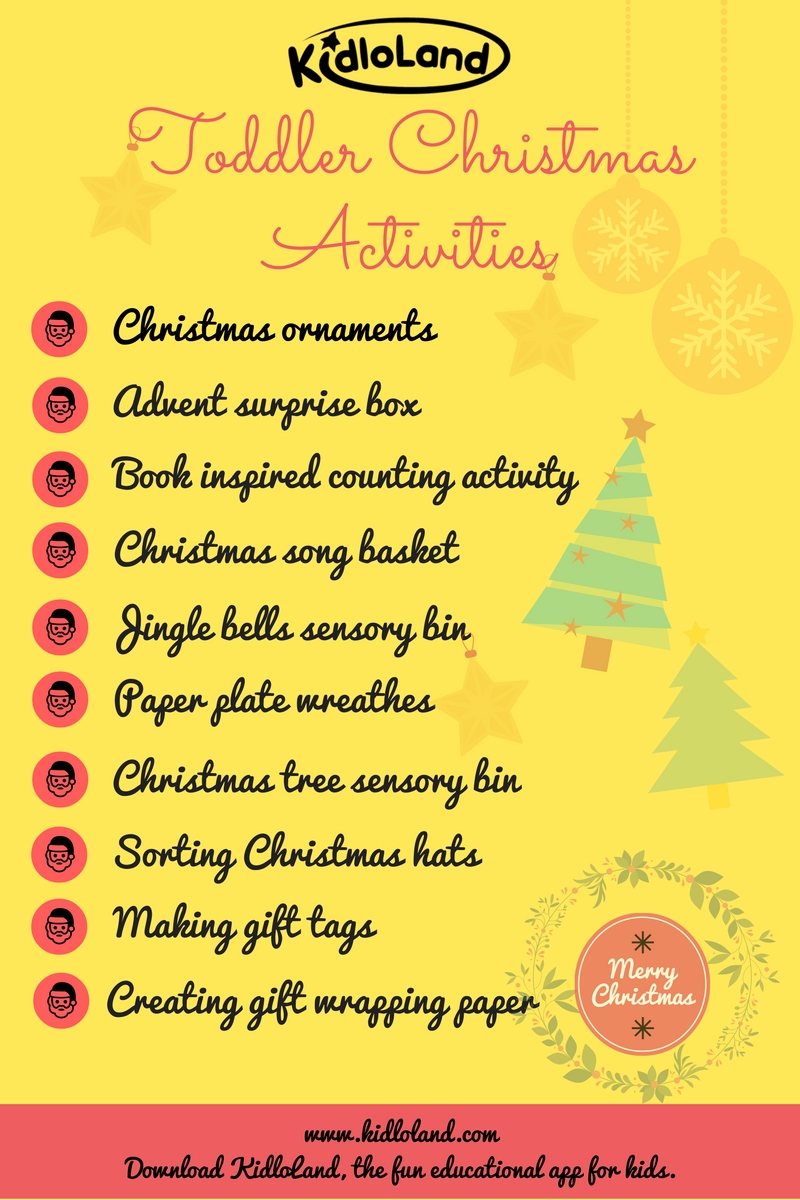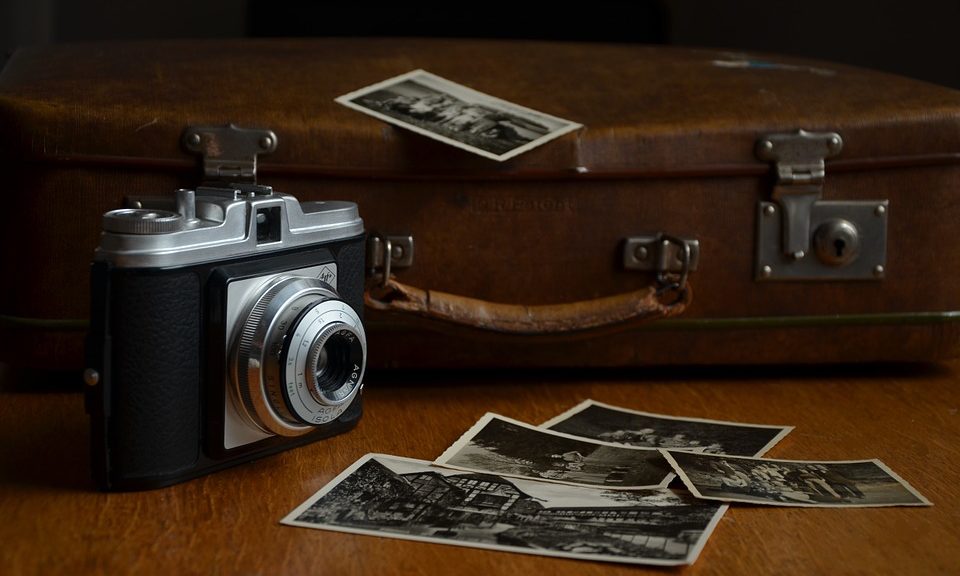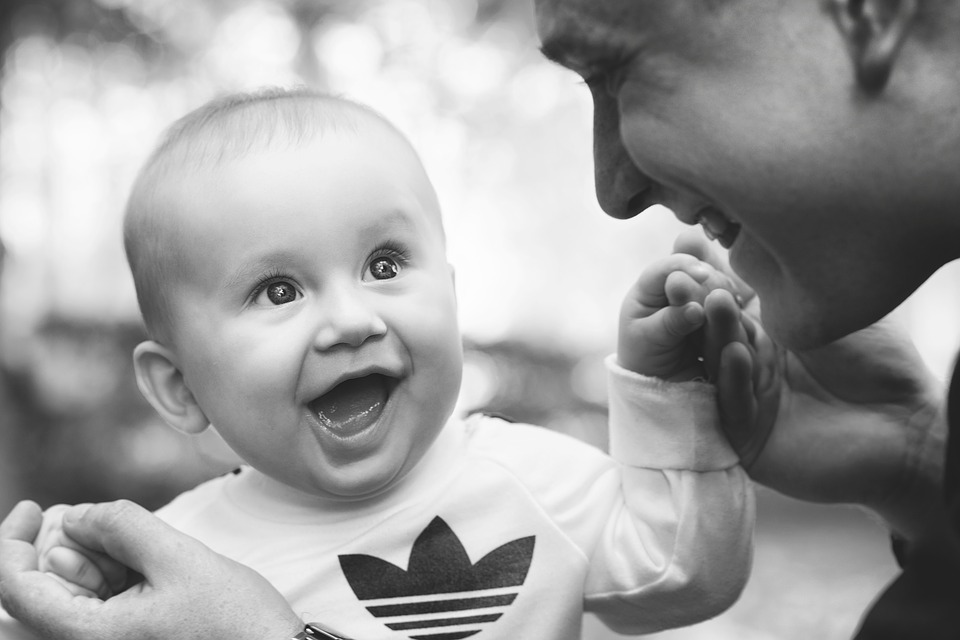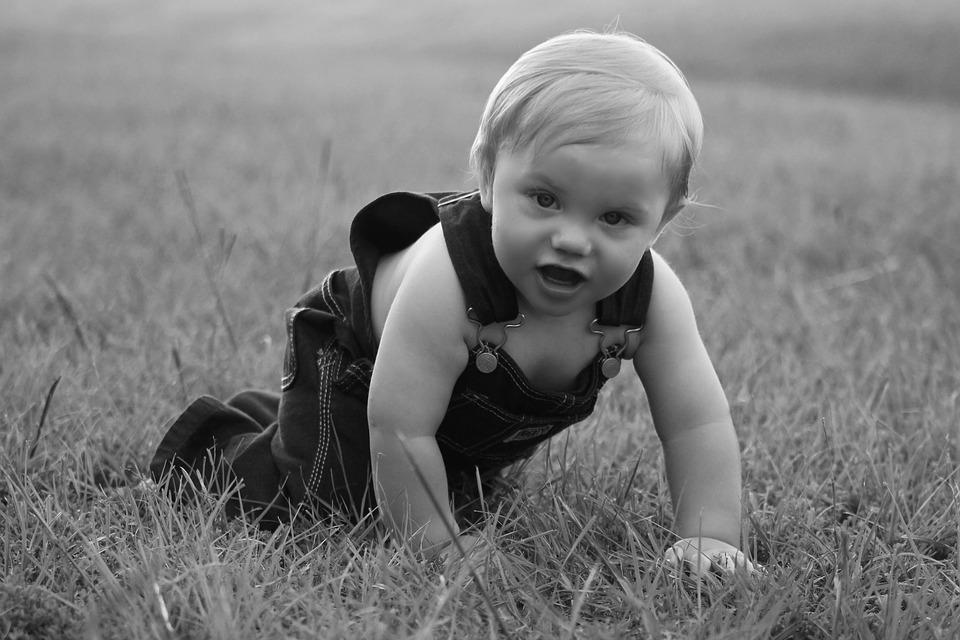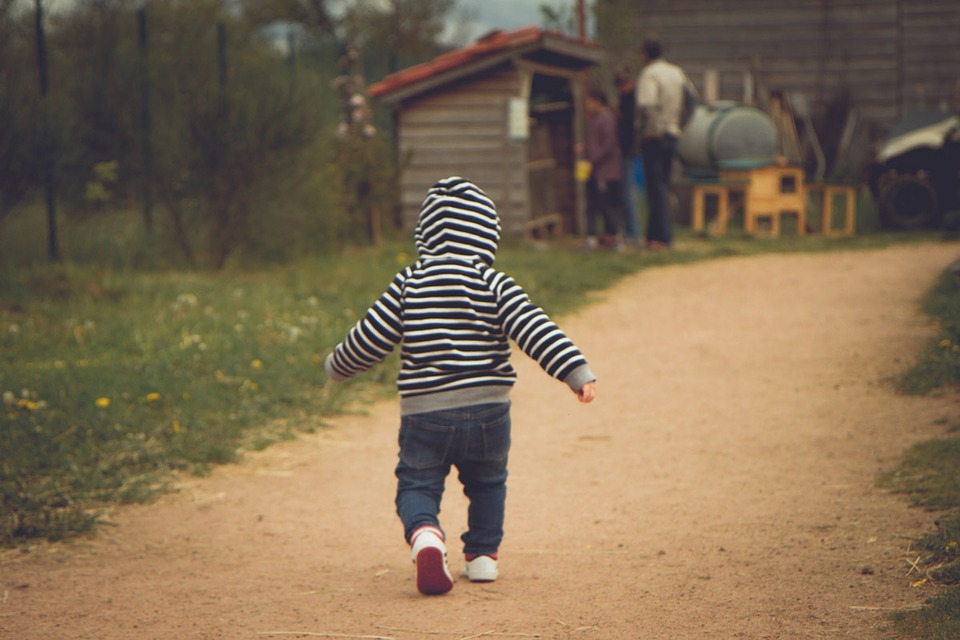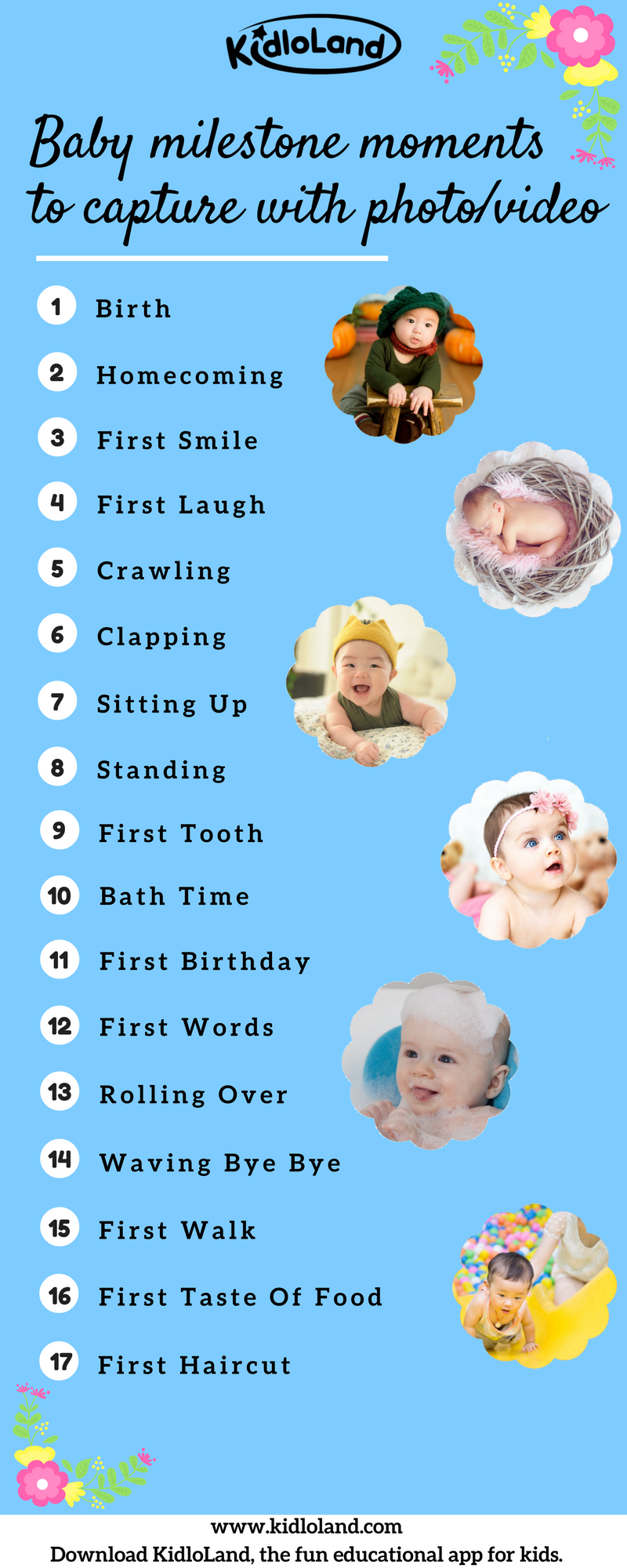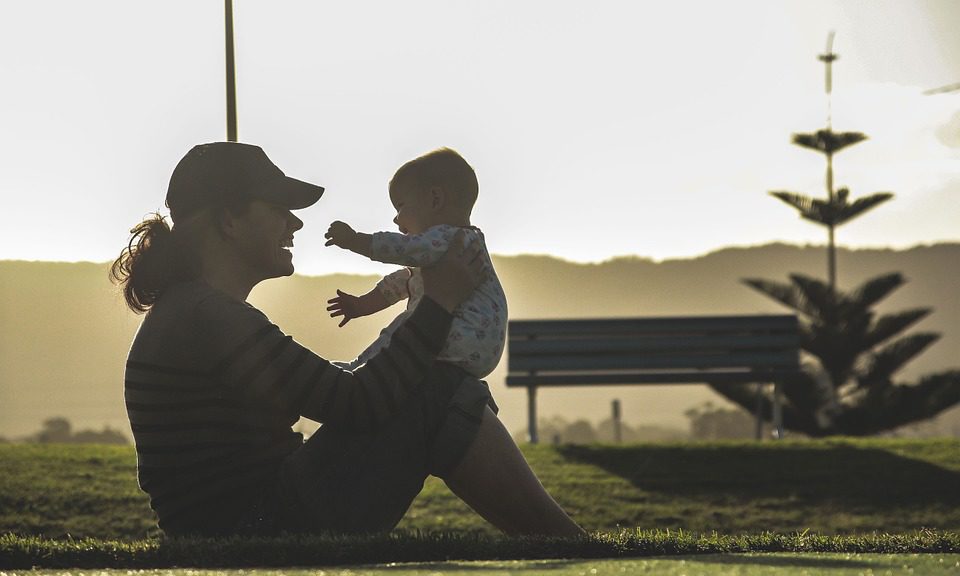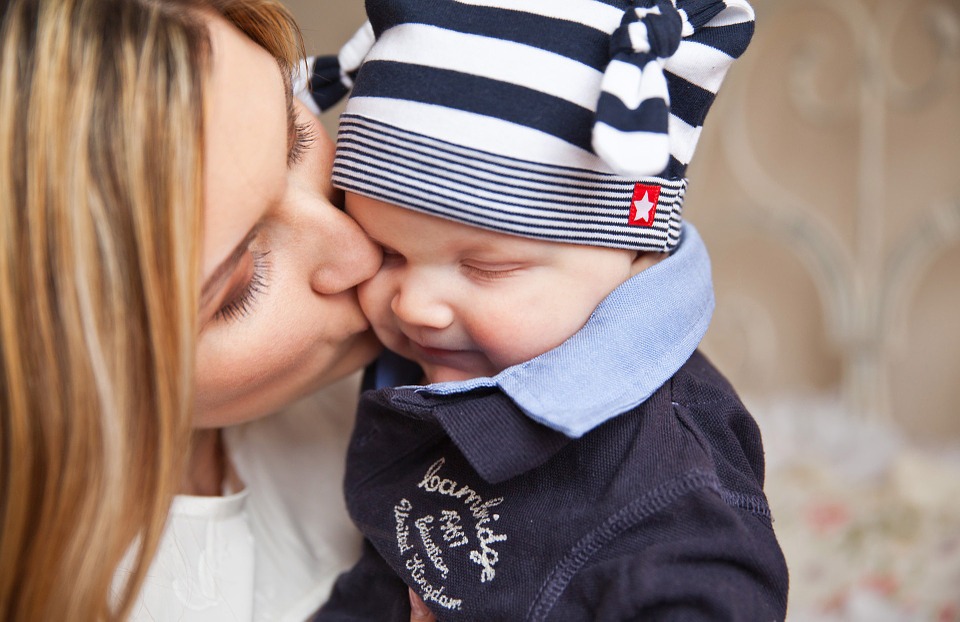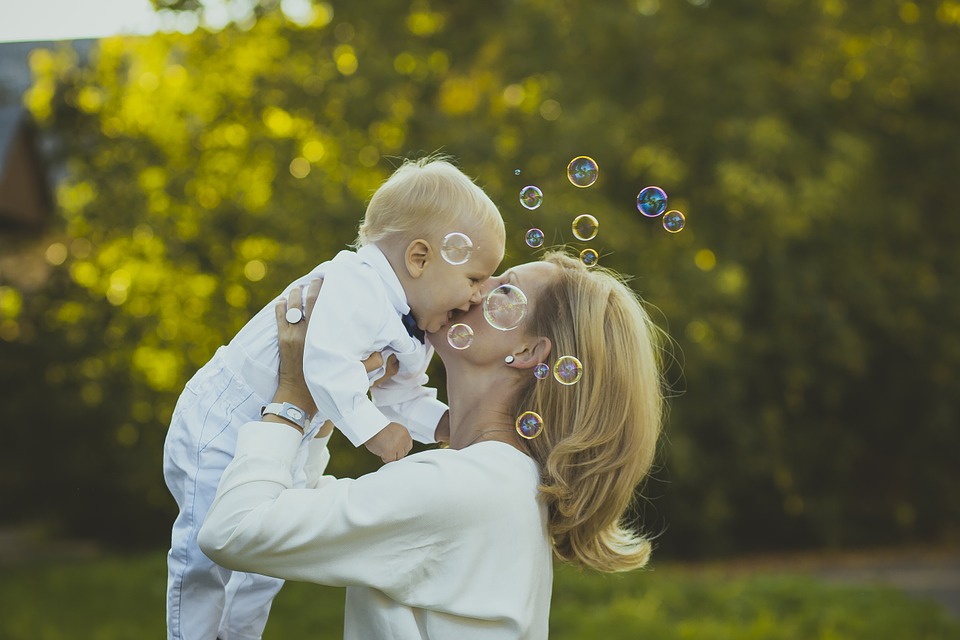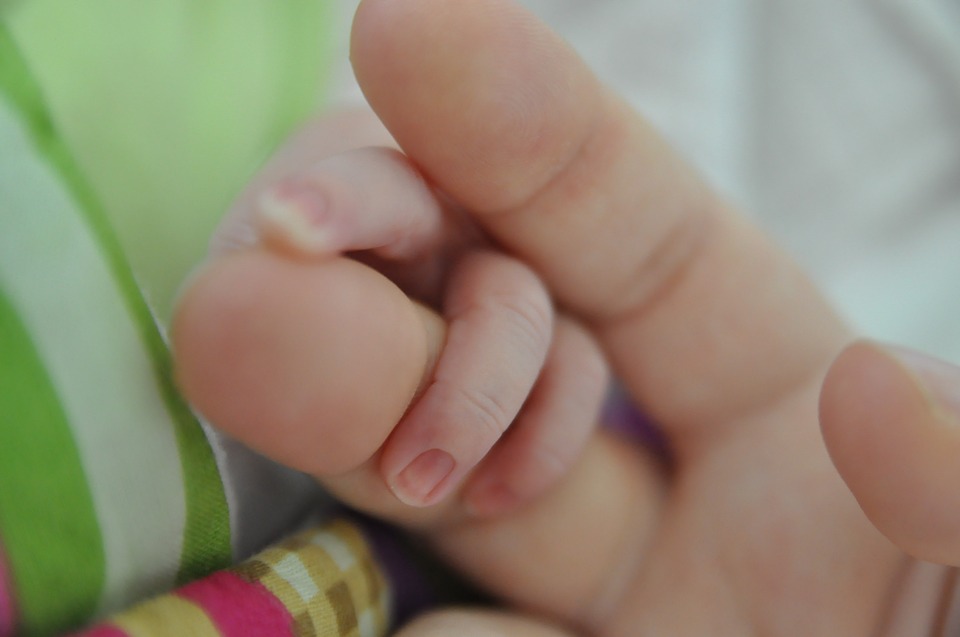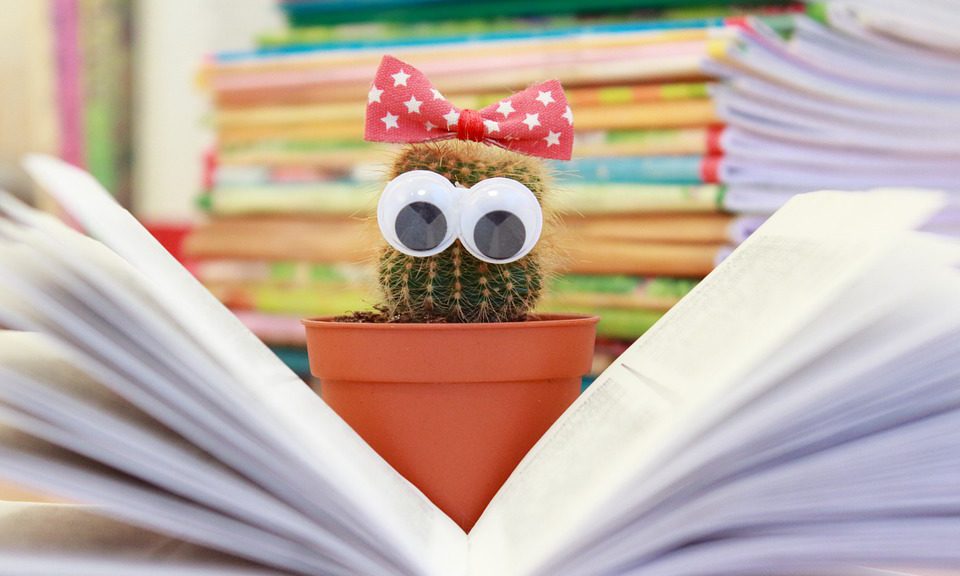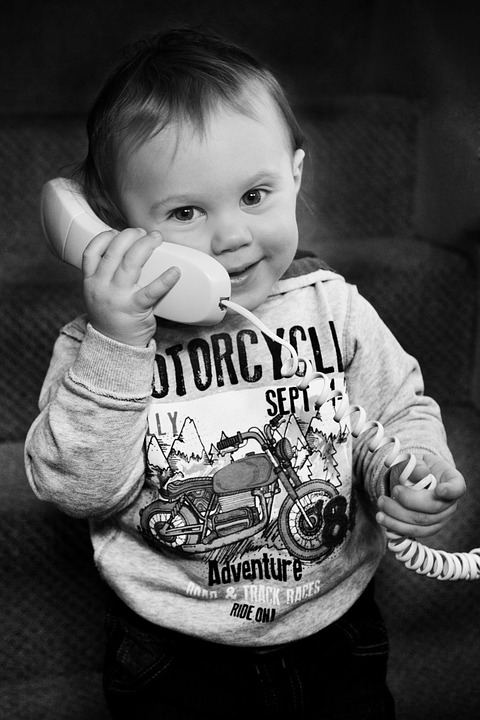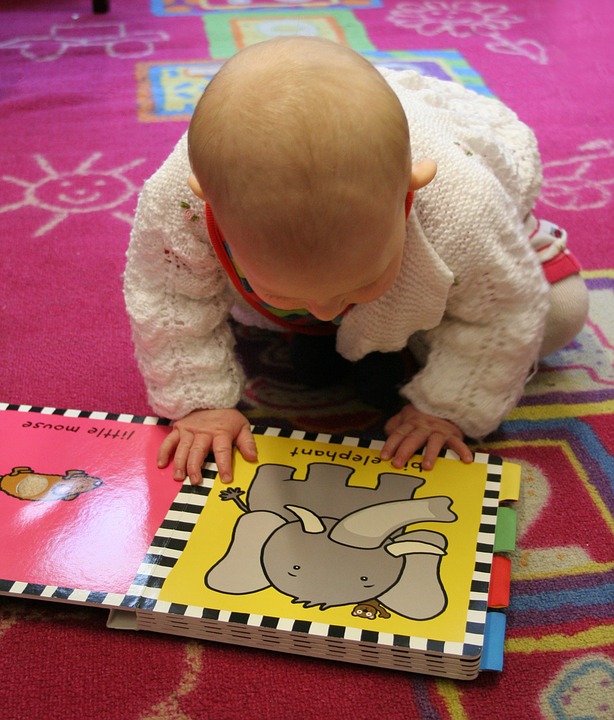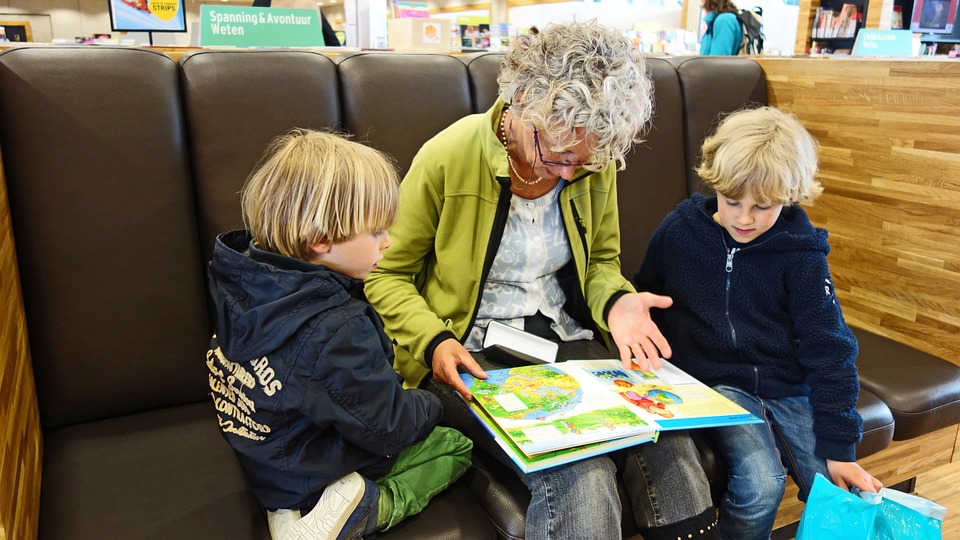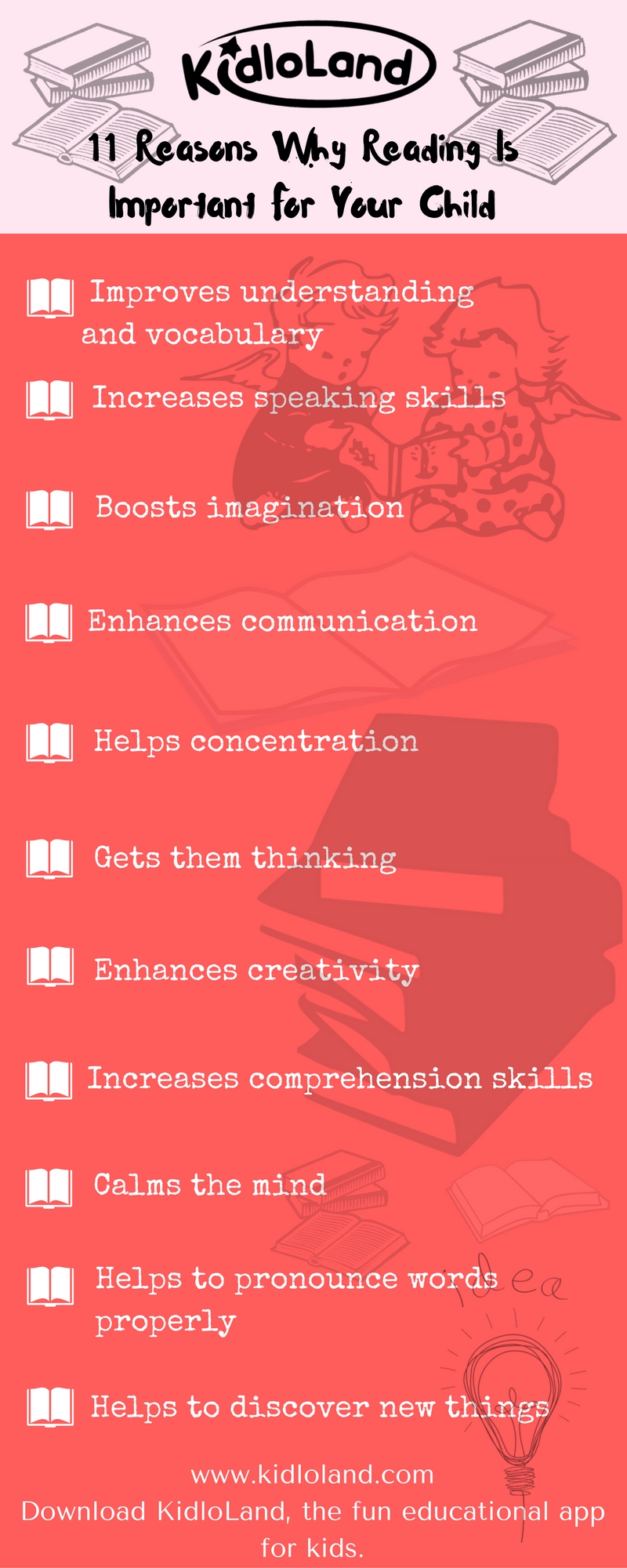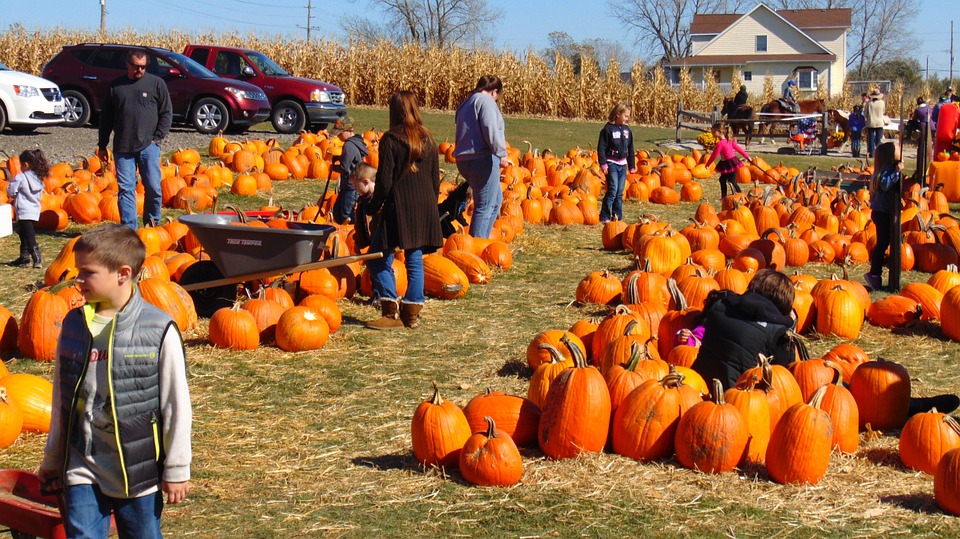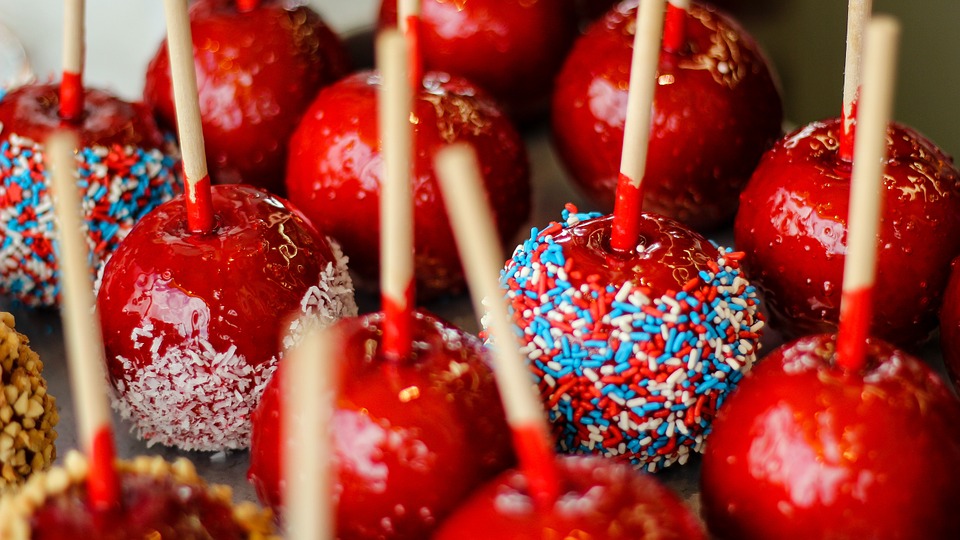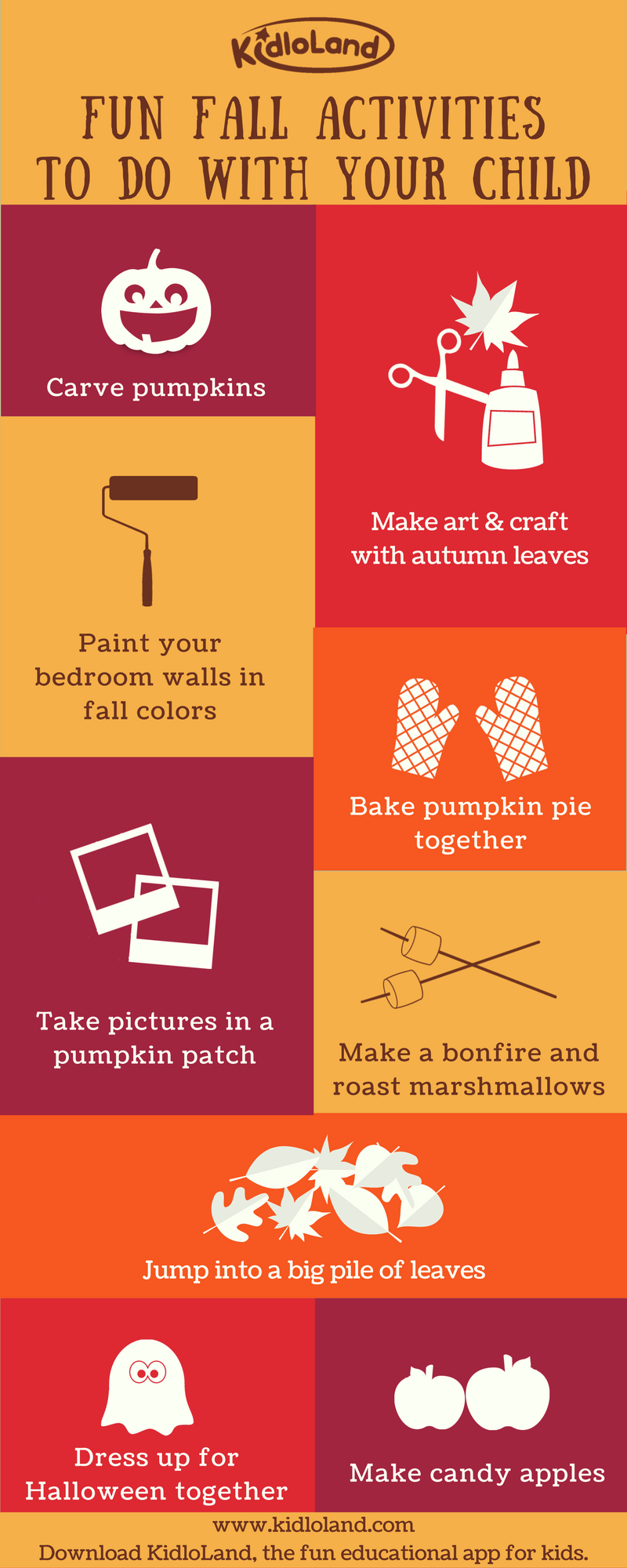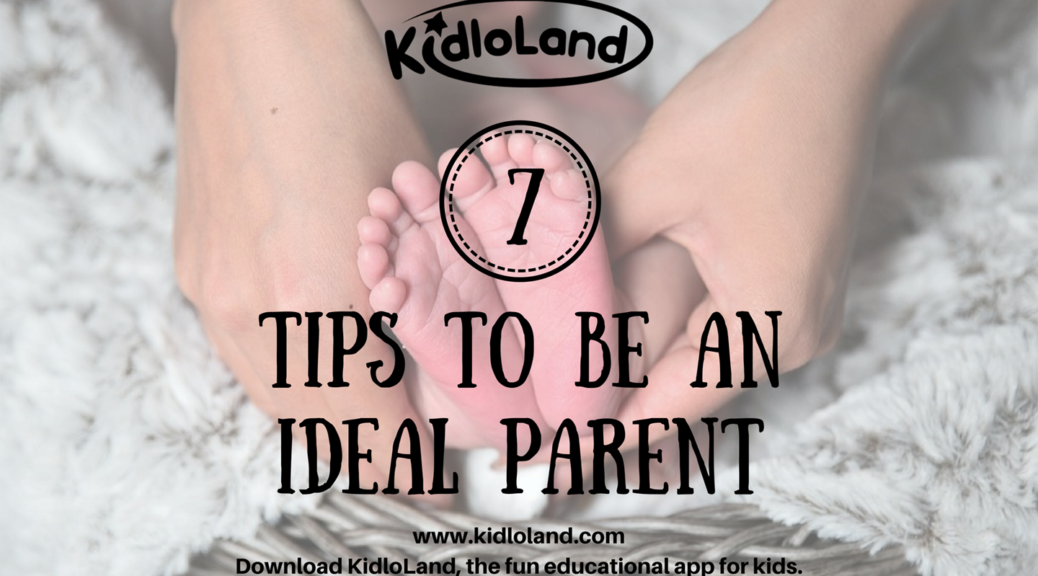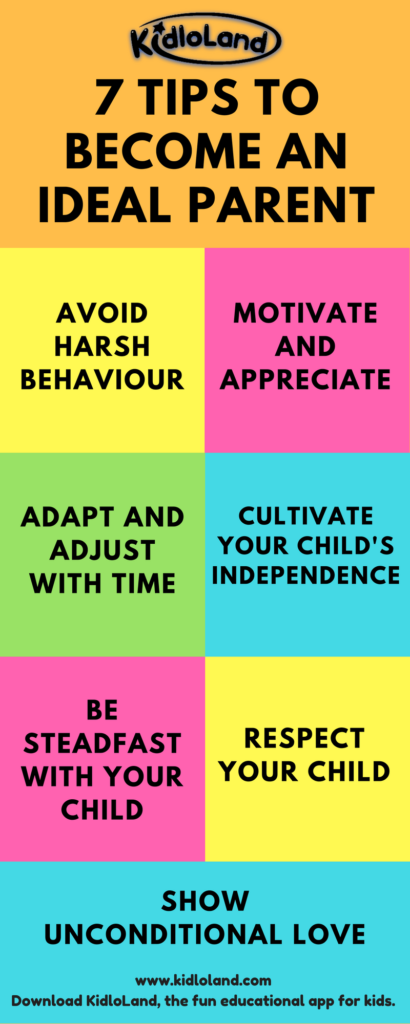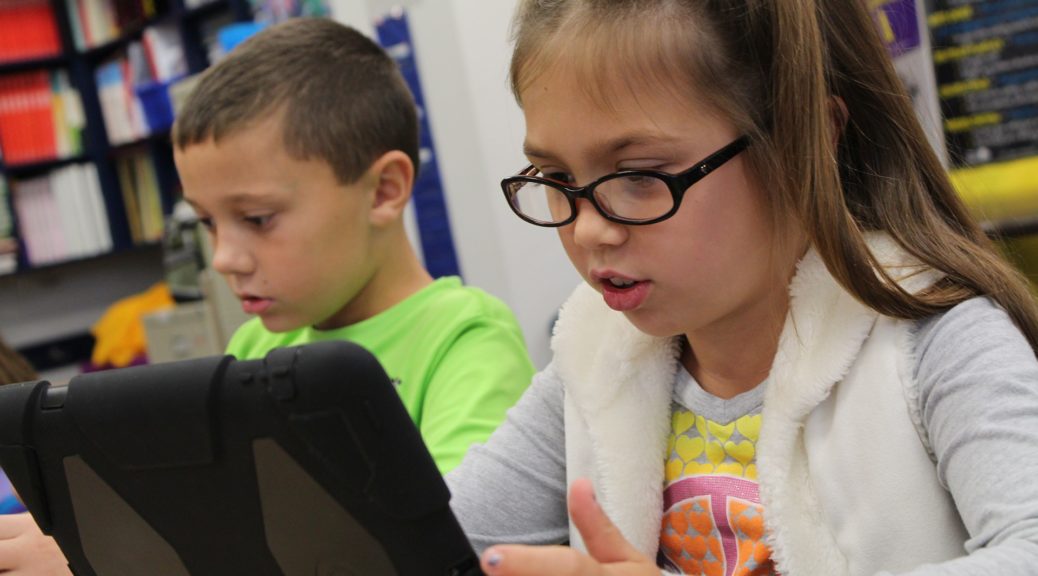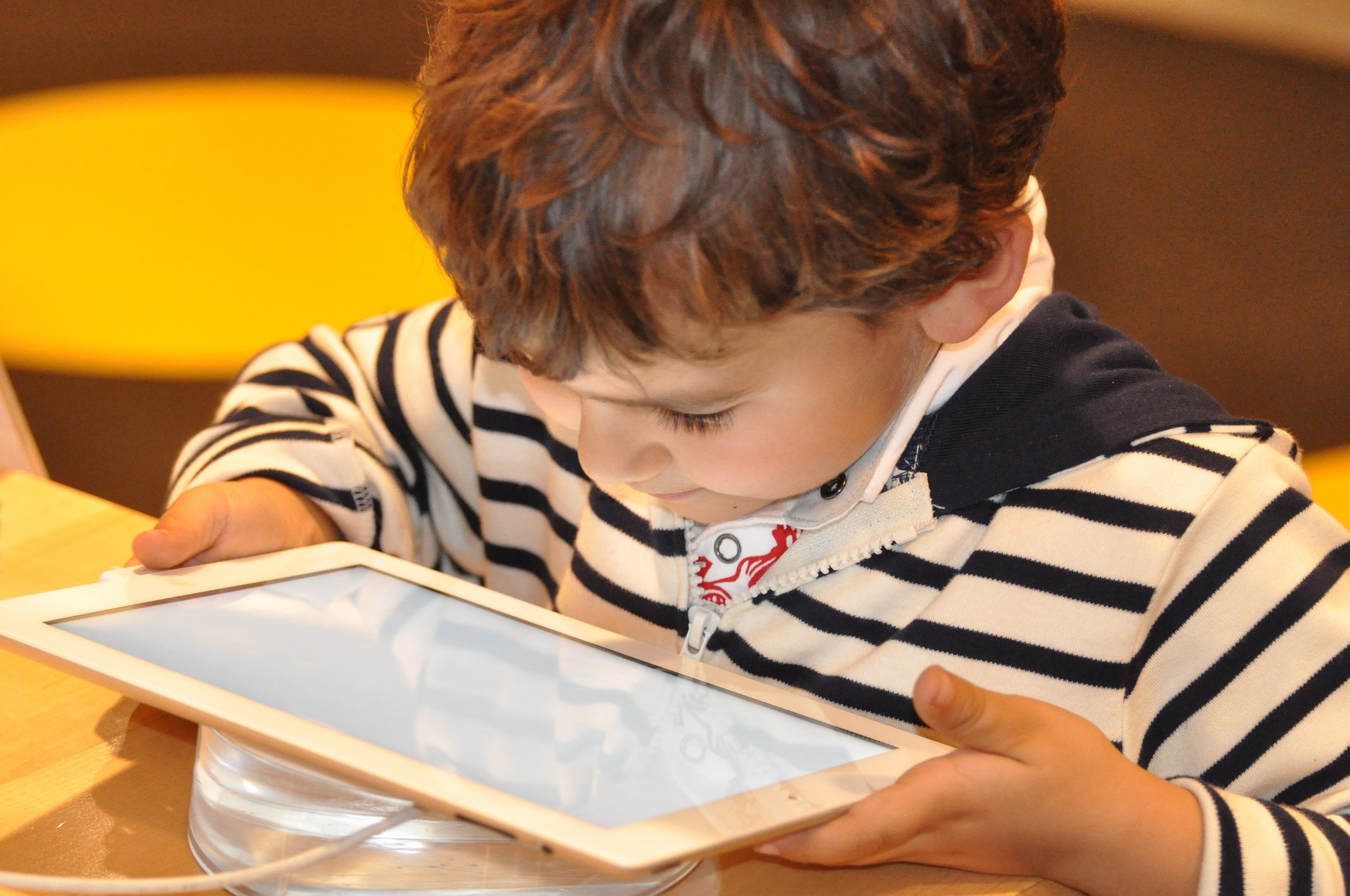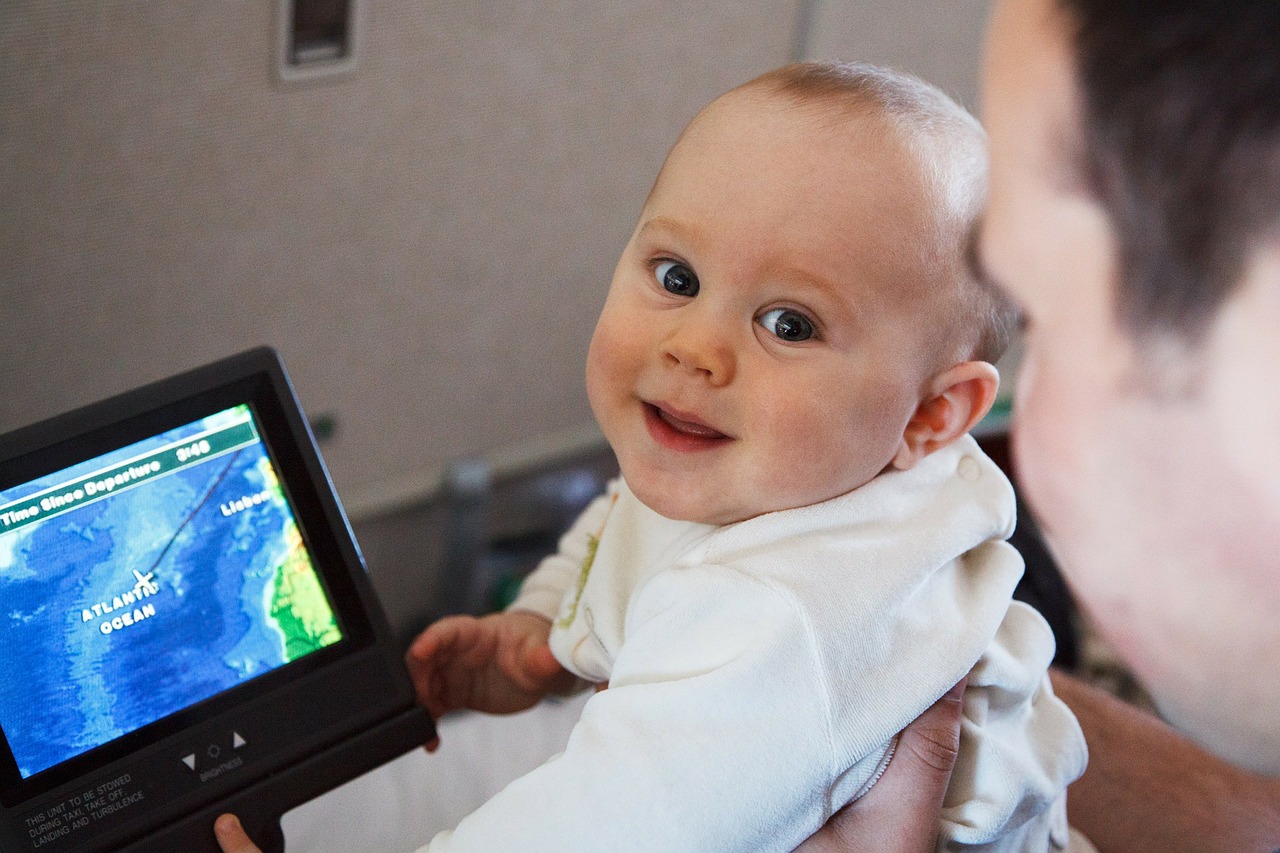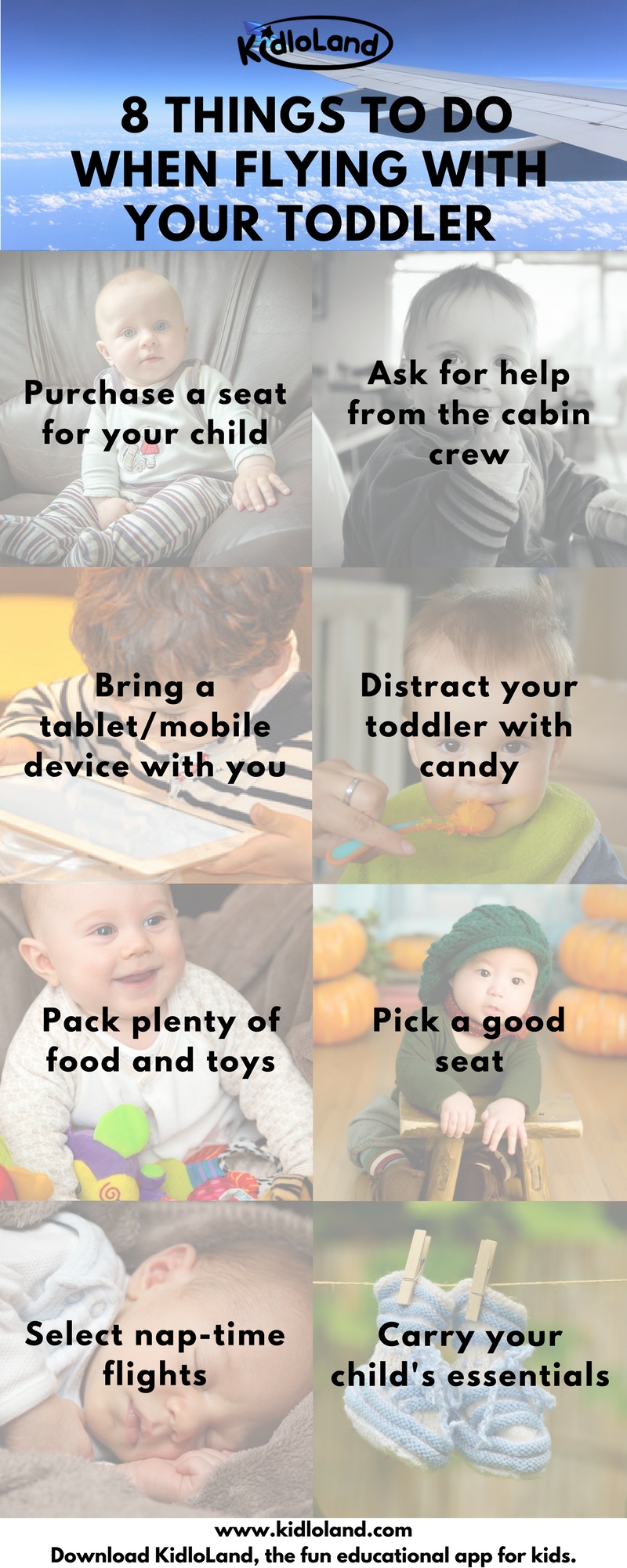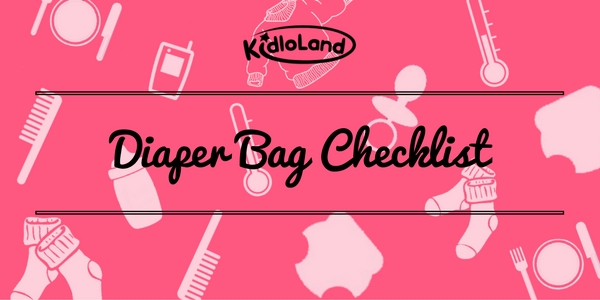
Checklist: Packing Your Baby’s Diaper Bag!
A well-organized diaper-bag can save your day! But what items do you really need to stock in your bag? It mainly depends on how old your child is and for how long you’ll be out.
Explore the following checklist to stock items in the diaper-bag of your toddlers :
1. Diapers and wipes
Ensure that you carry diapers and wipes as you’ll need one diaper per hour and a few extra sometimes. Take a minimum of 10 wipes for diaper changes, sticky hands and dirty surfaces.

2. Disposable bags
Carry disposable bags for storing soiled diapers. Make sure that your child can’t get to them since plastic bags (including the biodegradable versions) pose a suffocation risk!
3. Thermometer
Carry a thermometer with you as it is a compact and discreet method of checking for fever.

4. Hand sanitizer and towel
Carry a hand sanitizer for cleaning your hands after changing diapers especially when there’s no time or place to wash them. Pack a towel to wipe your hands as well.
5. Bottles and sippy cup
Keep sippy cups and bottles handy to feed milk and water to your little one.
6. Extra outfit (including socks)
Take extra outfits as you never know when spit-up, drool, spills or poop explosions will necessitate a change of clothing.
7. Pacifier and bibs
Carry bibs and pacifiers as baby bibs are the best way to keep your baby’s clothes spit-up free. Pacifiers offer a temporary distraction and enable your baby to fall asleep easily.
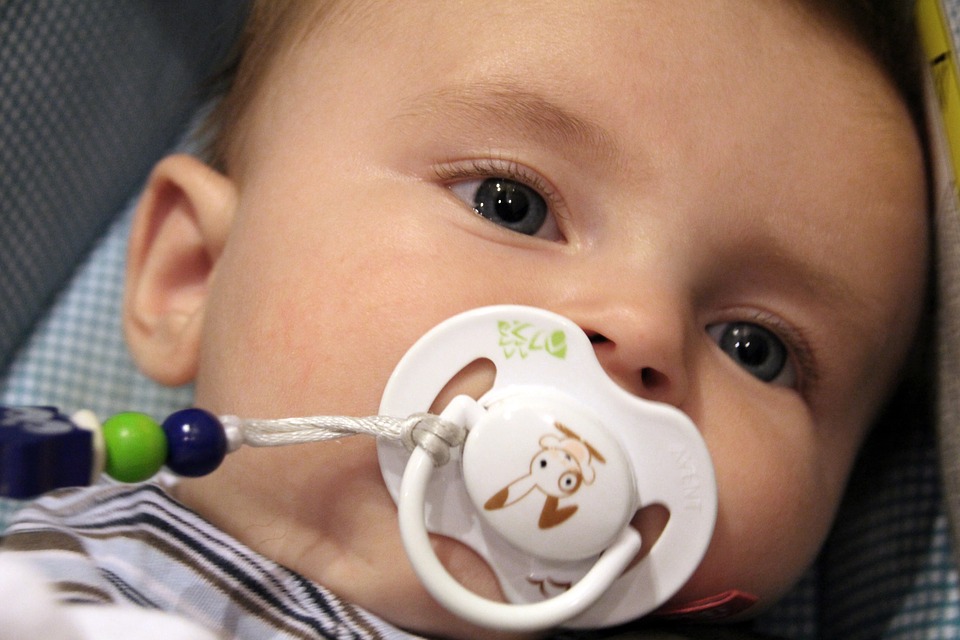
8. Snacks
Fill the diaper bag with a jar of baby-food and spoon or finger foods depending on your baby’s age.
9. Favorite blanket
Carry a blanket to cover your baby or as a changing pad, nursing cover, bib, shade, or burp cloth.
10. Books or toys
Carry toys according to the outing and your baby’s age.
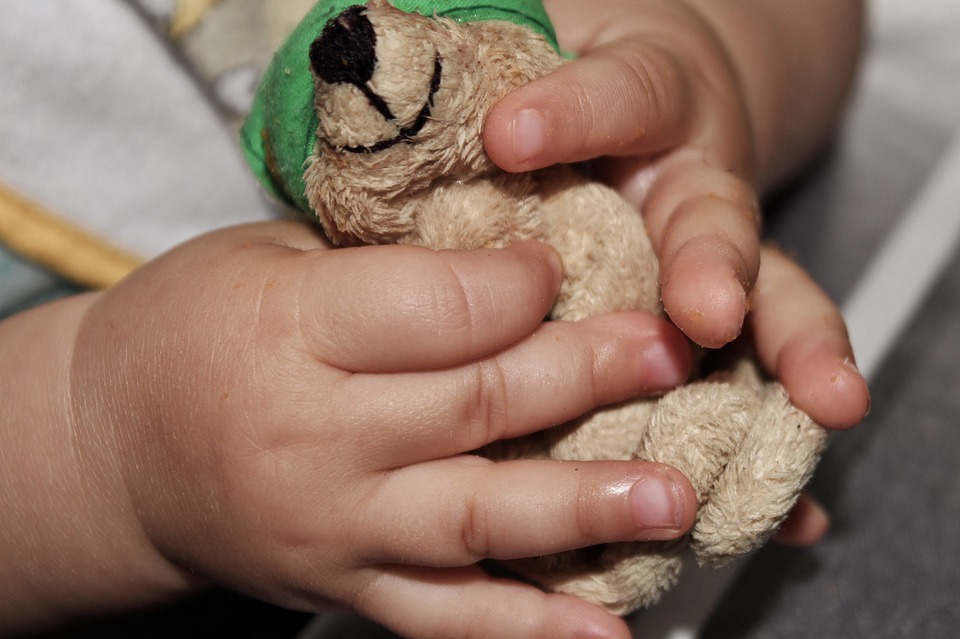
11. Sunscreen or a hat
Take sunscreen or a hat to protect your child from the sun.
12. Emergency contact numbers
Save the phone numbers of your family’s doctors in your cell phone and keep your health insurance cards in your wallet.
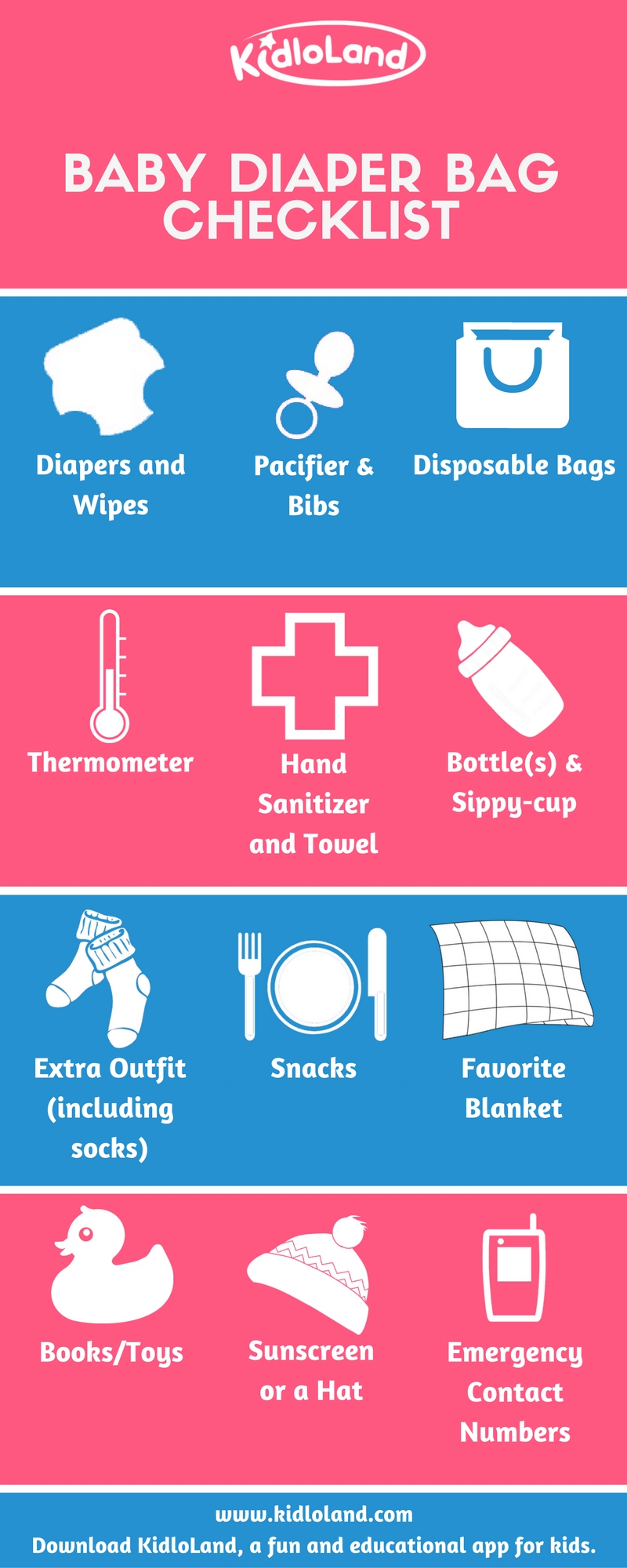
Image Credits: PublicDomainPictures, annca, Gadini, TaniaVdB, Counselling



